As one of our favorite cities in Thailand, Chiang Mai is a great place for short-term tourists or for retirement and settlement. If you are planning a trip there, this guide will introduce different neighborhoods.
With a strong cultural atmosphere, incredible food scenes, vivid history, and all the modern comforts you could ask for, Chiang Mai is the best choice for the integration of the old and the new.
Chiang Mai has mountains and jungles to explore, as well as a variety of air-conditioned cafes for work, suitable for all kinds of travelers. Whether you stay for a few days or a few months, we think you will fall in love with this city.
In this Chiang Mai accommodation guide, we will introduce different neighborhoods and what you can expect from each.
We will share the highlights of each area – from the Tha Pae Gate neighborhood located in the center of all the popular attractions, to the neighborhood with an eclectic “hippie atmosphere”, to the neighborhood with many co-working spaces and popular with digital nomads, you will know which neighborhood of Chiang Mai you like the most.
First timers: Old City near Tha Pae Gate
Couples: Nimman
For budget-conscious backpackers: Old City
For families: Riverside
Nightlife: Night Market/Nimman
To visit all the attractions: Old City
Foodies: Old City/Night Market
Local experience: Santitham
Overview of Chiang Mai Neighborhoods
It is well known that Chiang Mai is the best hub for exploring northern Thailand. The city is surrounded by mountains and dotted with ancient temples, combining adventure, nature, culture, history, food, and modern comfort facilities, which is rare to see.
Chiang Mai Province is vast, but the central area of the city can be easily reached from end to end by motorcycle or taxi in about 20 minutes.
Transportation in Chiang Mai
With various transportation options, it is very easy to get around in Chiang Mai. Here are some of the most common ways to travel:
Songthaew (red truck)
These red trucks are everywhere in Thailand and are very easy to use as a shared taxi system. Wave to the driver and tell them where you want to go (sometimes it’s best to use general landmarks rather than exact addresses, or show them the way on your map app). If they agree, you can sit in the back and you will get off in the order that is best for the other customers on the truck.
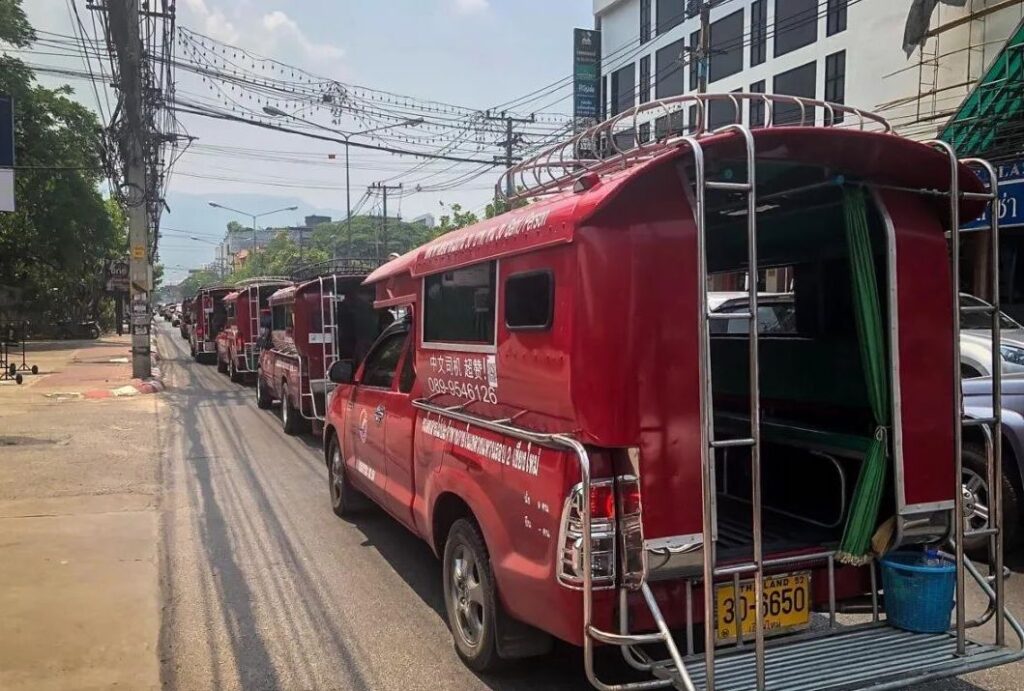
Generally, a ride within the city limits should be 30 baht per person, but the cost may increase the farther the ride or depending on the time of day.
Tuk Tuk
You can flag down a tuk-tuk and negotiate the price. We found these to be more expensive (and slower) than taking a Grab, so we wouldn’t necessarily recommend taking them regularly.
Grab
The Southeast Asian version of Didi Dache, this app is very convenient when you want to reach a specific location. Grab is constantly running promotions, and we’ve previously crossed the entire city for 20 baht! Typical rides within the city range from 50-100 baht.
Motorcycle
We recommend that you rent a motorcycle, provided that you have ridden a motorcycle before and are able to adapt to driving in a busy city and on the left side of the road. In addition, you should always follow traffic rules and not ride like an idiot to make an impression.
Now that I understand this warning: Renting a motorcycle may be the cheapest way to visit and explore the suburbs of Chiang Mai. Rent starts at around 250-300 baht per day. You need to leave your passport at the rental shop as collateral.
Please, please, please… Always wear a proper helmet (with a windshield and visor). It’s worth paying an extra 50 baht. We’ve seen/heard too many accidents happen to travelers, and we don’t want you to be one of them.
MoBike Rentals
This bike-sharing program is relatively new to Chiang Mai. But you will be able to spot these orange bikes (and some electric scooters) around the city. Download the app and you will be able to view nearby bikes for free and rent them in 30-minute intervals (1 dollar for 30 minutes).
- Old Town
Chiang Mai’s vibrant historical center is easy to find on the map, as its crumbling 700-year-old moat lined with fort walls creates an almost perfect square in the city center. The Old Town, with its ancient temples, bustling markets, and a abundance of guesthouses, boutiques, and restaurants, is where you’ll find all the action.
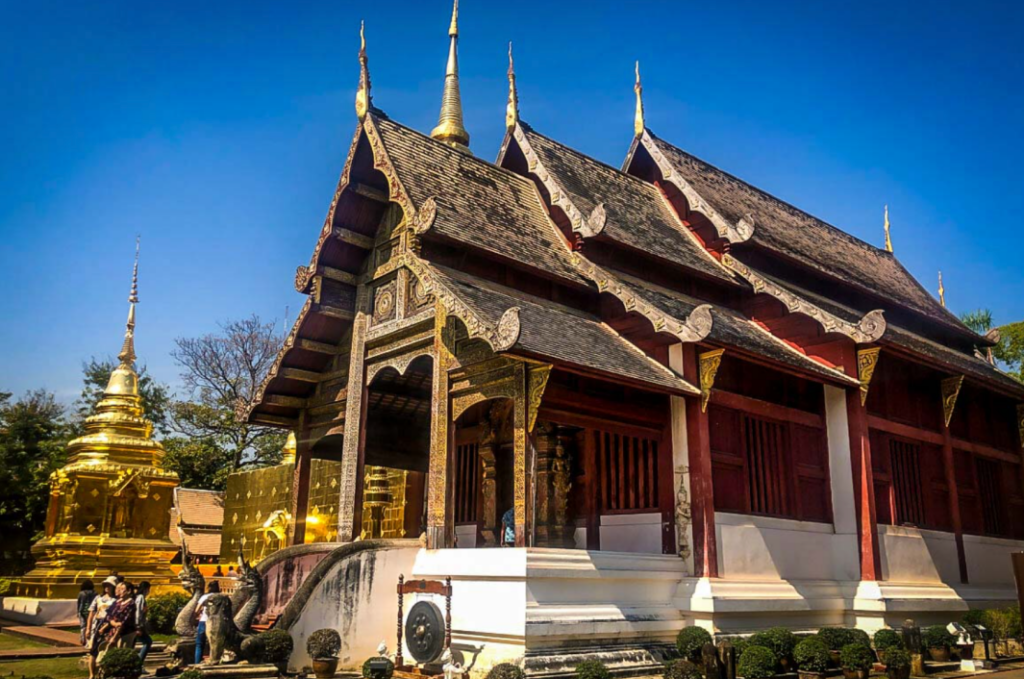
With its central location, close proximity to most cultural attractions, and a wide range of affordable accommodation options, the Old Town also serves as the center of Chiang Mai for backpackers.
Pros and Cons
Pros:
In the center of the action, with lots to see and do
Very walkable neighborhood
Most cultural attractions are in this area
A wide variety of affordable accommodation, restaurants, and bars
Easy access to most of the city
Relatively quiet at night
Cons:
Traffic is often congested during peak hours due to the mostly one-way roads around the moat
The most commercialized area in Chiang Mai
No resort-style accommodations or high-rise buildings nearby
Highlights of the Old Town
Ancient temples such as Wat Chedi Luang, Wat Phra Sing, and Wat Chiang Man
Museums like the Chiang Mai Historical Center, the Chiang Mai Art and Culture Center, and the Lanna Folklore Museum
Tha Pae Gate and the fort walls
Somboon Market
- Night Bazaar Area
Just east of the Old Town, the Night Bazaar Area gets its name from the city’s largest night market, which operates every night and happens to take up most of the space in this neighborhood. The central community is very ordinary during the day, but comes alive around 6 pm. Every evening as the stalls start setting up for the night market. It is the main district for shopping and nightlife in Chiang Mai, with beer bars and late-night dance clubs scattered around Loi Khroh Road.
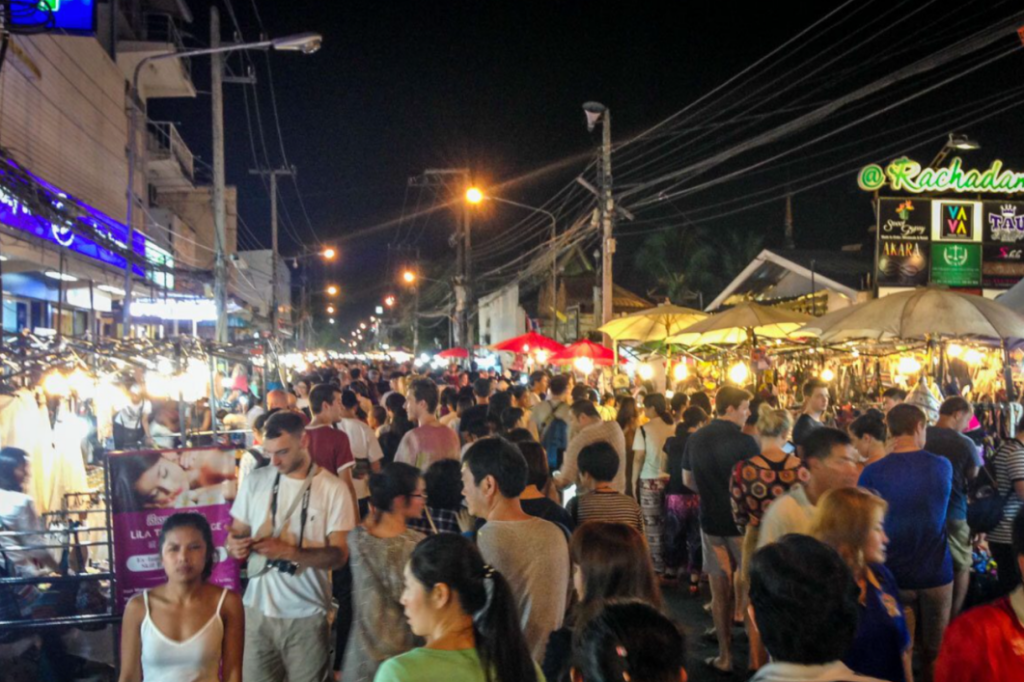
Accommodation here ranges from budget guesthouses to luxury hotels, but you’ll often see the more expensive side compared to the Old Town.
Pros and Cons
Pros:
The night market is a must-see in Chiang Mai
Centrally located between the riverside and the Old Town
Lots of foreigner-friendly bars and clubs, with a lively nightlife scene
The community is very walkable and easy to access the Old Town
Cons:
The area can get crowded, especially on nights when the night market is held
There aren’t many cultural attractions here
Highlights of the Night Market Area: The night market…
Nightlife highlights include:
Bubbles Nightclub, Foxy Lady Go Go, O’Malleys, Boy Blues Bar
Paradise Art: 3D Interactive Art Gallery
Anusarn Market
Kampangmuang Gallery and Cocktail Bar
- Nimman Area
Often referred to simply as “Nimman”, this neighborhood is a trendy and modern area that attracts young people from nearby universities and expatriates from all over the world. There is a thriving avant-garde coffee shop culture where you will find digital nomads parked at their laptops on every corner.
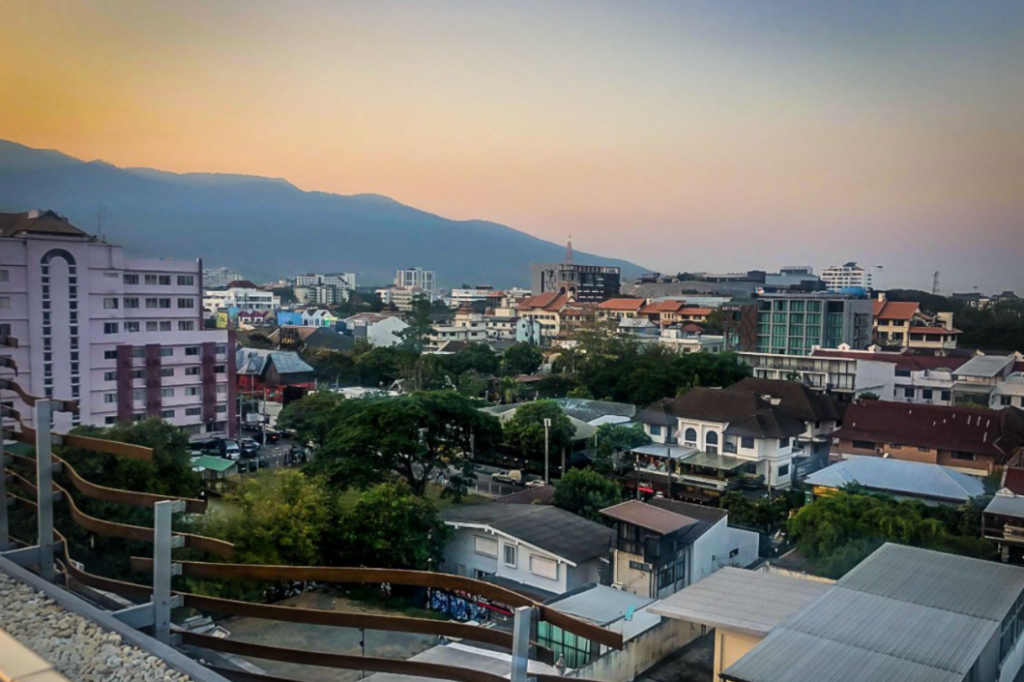
You can also find fashionable restaurants, shopping boutiques, and more sophisticated nightlife venues here, including some rooftop hotspots. Just be prepared to pay high prices for accommodation in such a trendy place… but remember it’s still Thailand, so the prices of luxuries aren’t as high as in other destinations like Europe or the US.
Pros:
Boutique shopping
Vibrant and sophisticated nightlife
Trendy restaurant and coffee shop scene
Convenient location near the airport
Very walkable neighborhood
Cons:
With a large number of expatriates and digital nomads, this area can be very touristy
Traffic can be congested during peak hours
Directly under the flight path of the airport, aircraft noise can be a factor
Due to the more modern community, there are fewer cultural attractions here
Highlights of the Nimman neighborhood
Maya Shopping Mall
Many fashionable cafes, including the most popular cafes such as: Rustic & Blue, Seascape, Free Bird Cafe, and Healthy B Cafe
Nimman One Plaza and Food Market
Rooftop bars
- Riverside Area
Just east of the Mae Ping River, opposite the Night Bazaar Area, you will find the Riverside community. The area has a more laid-back and peaceful atmosphere, suitable for families and the older demographic seeking a more relaxed stay. Most of the hotels here are geared towards the luxury resort crowd.
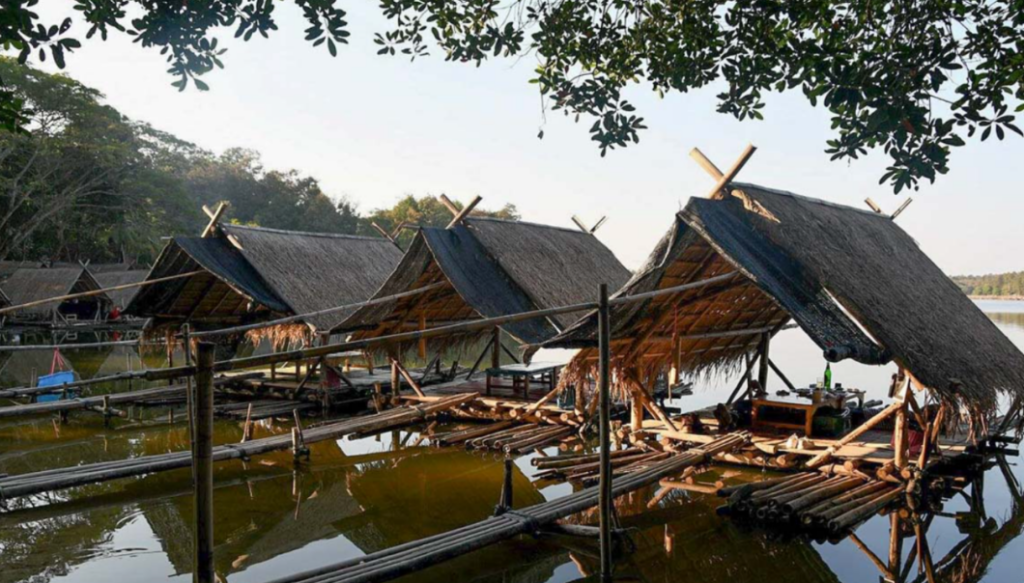
There are many water-front restaurants, bars, and cafes, but the real action in the city center is about a 10-minute drive from the hotel.
Pros:
Picturesque views of the Mae Ping River
Many reasonably priced luxury resorts and hotels
Easy access to the highway
Quiet at night
Cons:
Far from the main attractions of the city
Limited shopping and nightlife
Not many budget accommodation options
Highlights of the Riverside neighborhood
Ton Lamyai Flower Market
Spas and resorts
High-end shopping
Elephant Parade House: Learn about elephant conservation and paint a commemorative elephant to take home
Wat Ket Karam: An ancient temple built in the 1400s
- Santitham
The quaint Santitham neighborhood is located northeast of Maya Mall and Nimman. If you want a well-located but affordable accommodation, this is a good compromise, and Santitham is an up-and-coming area same filled with digital nomads as they spill out from Nimman. Here, you’ll find a more localized experience as daily life hasn’t been overtaken by tourism.
Pros and Cons
Pros:
More affordable than Nimman
More “Thai” than other areas
Increasingly popular with digital nomads, with wifi cafes springing up
Cons:
About a 20-minute walk from Nimman and the old town
You may need to cycle or take a motorbike
Also near the flight path, so noise could be an issue
Highlights of the Santitham neighborhood
Khao Soy Maesai: One of the best local restaurants for getting the staple food of northern Thailand
Passion Project the Cafe: A delicious Western healthy food cafe where digital nomads like to hang out
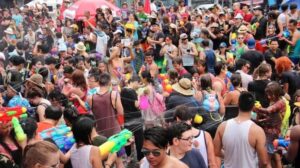
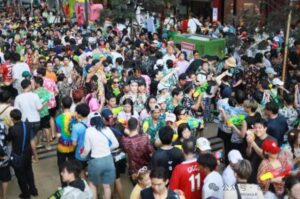

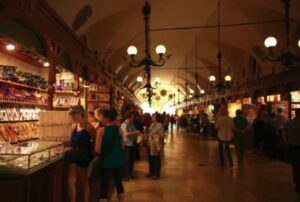
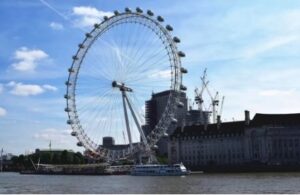
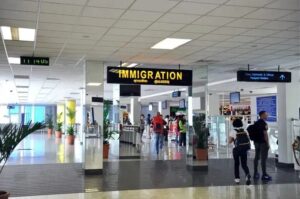
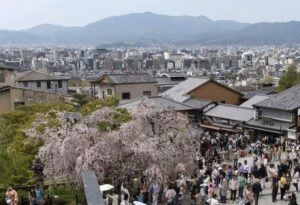

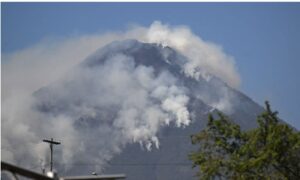


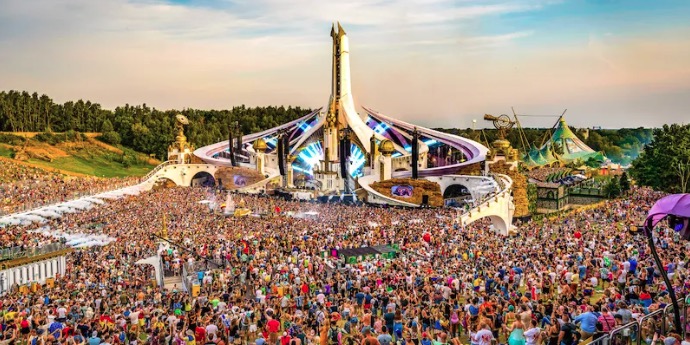

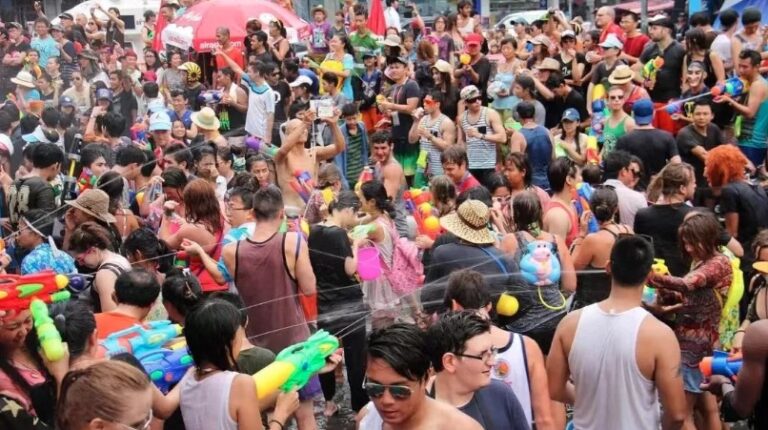
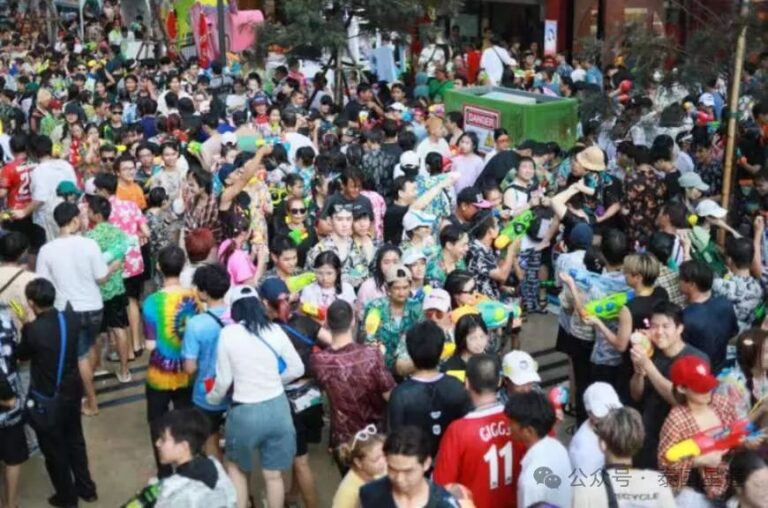

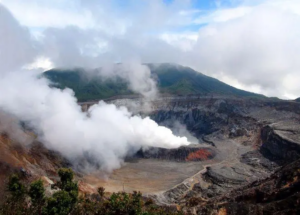
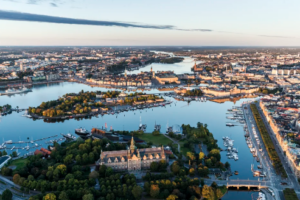
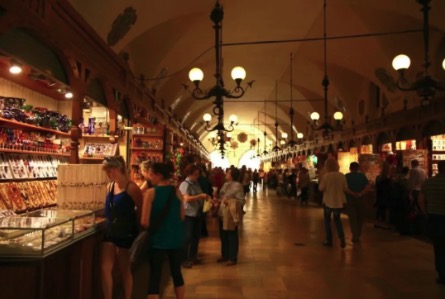
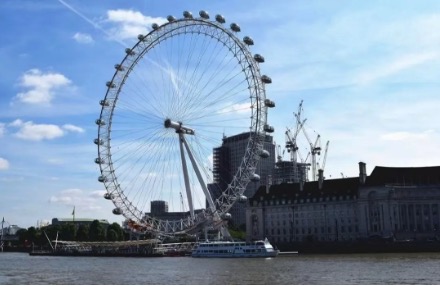

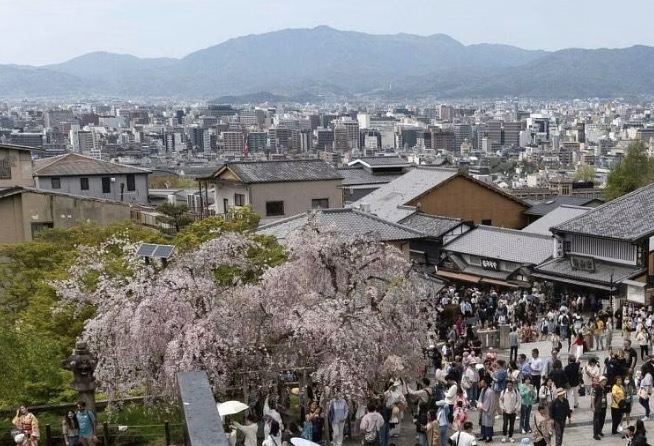

+ There are no comments
Add yours